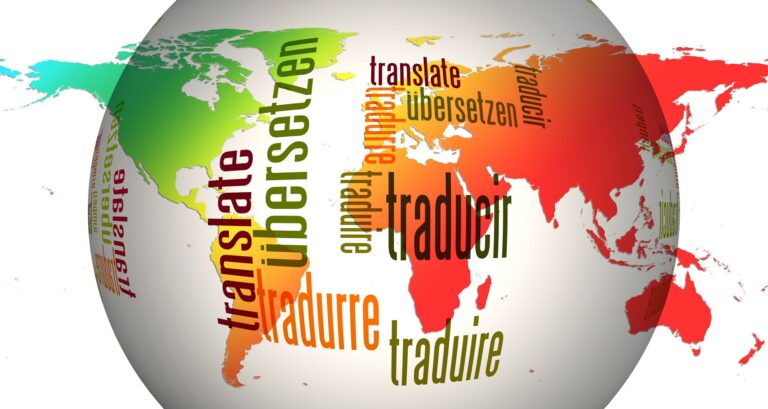Translation or Localization: Which One Works Best?
Translation is a process in which the existing content is converted into its closest equivalence in another language while localization is a process of adapting a content’s message into a much more meaningful and relevant to a foreign market even if requires to significantly altering the original content. It can be said that translation is a way to cross language barriers and localization is a way to cross cultural barriers. Content localization is a type of cultural translation that not only speaks the target audience’s language but also comprehends their specific interests.

Language And Cultural Barrier Problem In Content Marketing
Content marketing plays a crucial role in the global product campaign. This product awareness is brought about by marketing operations. For the content to be approachable to the audience they should be able to find a connect with the content and sometimes the Universal language of English is not fit for this purpose. The content itself must be able to penetrate the target market and strike a chord with the potential buyers.
For brands to establish well, a good translation would never suffice. The content needs to be localized—adapted to meet the cultural expectations of a local market–and not merely translated. In other words, there’s a big difference between language and localization.
To truly globalize a business, the brand must localize it for each nation, taking into account local culture and along with this there should be a distinct voice to assist the audience in identifying the brand everywhere in the globe.
Content Strategy
A native English content writer curating a piece of content may naturally use idiomatic expressions, metaphors and cultural references. All of this adds value to the produced content. However, if it is a localized piece of content, the contrary is true. If one is adding too many allusions to the source culture, it will just create issues, especially if the product will be localised in a number of languages that may lack an equivalent. It is much more advisable to go for a writing which is precise, grammatically correct, simple and persistent than to add to many phrases and expressions which would not translate efficiently.
For example, Coca-Cola maintains a consistent message across the world while tailoring marketing to local areas. Wherever the company resides, everyone recognizes the company’s colours. Despite this, the company’s marketing technique differs from nation to nation in order to match the public’s expectations.
To keep the brand’s voice in China, for example, the corporation had to modify the product’s name to ‘kekou kele,’ which translates to “delectable bliss.” This is what exactly localization means.
Localization Of Language
Understanding the contrasts between a language and its localised usage is crucial for comprehending the localization issue. Content can be translated from one language to another if the words and structures of the target language are roughly equivalent. Localization, on the other hand, is a specific method of utilising language to express the common experiences, activities, beliefs, and attitudes of a cultural group. It’s a type of linguistic encounter that’s more commonly felt than structurally perceived.
The Localization And Translation Trade-Off
Translation and localization have various sets of advantages and disadvantages from a commercial standpoint. Here are some:
Advantages of Translation:
The majority of the source input for the translation process comes from an in-house marketing.
The translation process is considerably more manageable in terms of size, efficiency, and prices because the original source is available in-house.
Demerits of Translation
This, however, has a number of drawbacks as well. They are as follows:
To begin with, expecting a marketing team to have expert-level understanding of all functional and cultural demands in any target market is unrealistic.
The fact that a marketing campaign is created in-house—that is, from a domestically “local” standpoint–implies a highly localised perspective.
Advantages Of Localization:
More culturally relevant material may be produced by local ad companies.
Localization operations are often outsourced to local ad agency in the target markets.
Content creation cannot cross the language barrier until there is some degree of transformation in the message and meaning. The change of a piece of content from one language to another is critical to worldwide product sales and needs a balanced strategy that incorporates both translation and localization. For this purpose one should have adequate knowledge about both the processes as well as a close coordination among the teams engaging into doing both with a single content.





